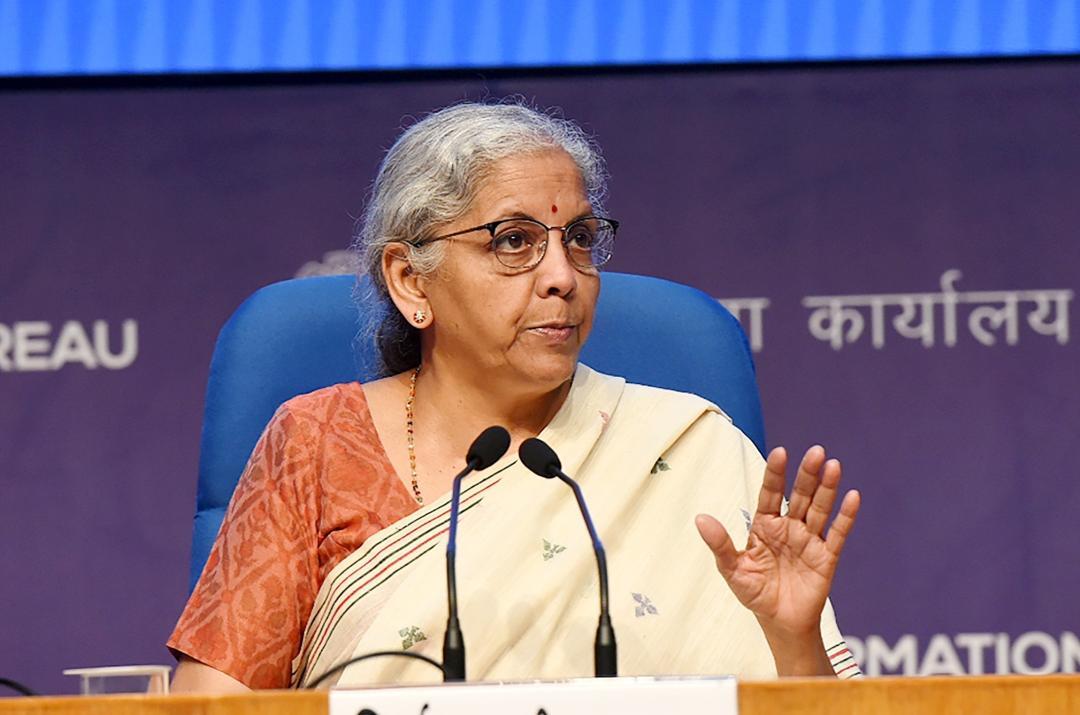 |
|
The brief exchange on X, formerly known as Twitter, between a concerned citizen and India's Finance Minister, Nirmala Sitharaman, highlights a persistent issue in Indian politics: the economic burden on the middle class. The citizen's humble request for tax relief underscores the widespread feeling of economic strain among this demographic. This simple plea, framed with respectful language, reflects a larger narrative of economic anxieties that often go unheard or unaddressed in the clamor of national-level political discussions. The concise nature of the interaction, however, allows for a deeper analysis of the government's response and its implications for public perception.
Sitharaman's response, while seemingly empathetic, operates within a carefully constructed political framework. Her acknowledgement of the citizen's concern is strategically positioned to convey responsiveness, a key element in maintaining public trust. The assertion that Prime Minister Narendra Modi's government is 'responsive' and 'attends to people's voices' is a recurring theme in BJP's political messaging. This carefully crafted response serves a dual purpose: it acknowledges the validity of the concern while simultaneously promoting the government's image as attentive to public needs. However, the absence of concrete promises or policy announcements leaves the actual extent of the government's commitment to middle-class relief somewhat ambiguous.
The incident on X serves as a microcosm of the larger relationship between the Indian government and its citizenry. The platform itself represents a significant shift in how political engagement unfolds. Direct communication between citizens and high-ranking officials, once limited to formal channels, is now readily accessible through social media. This democratizing effect of social media platforms potentially allows for a more direct and immediate articulation of public grievances. However, it also necessitates a careful consideration of how such interactions are managed and interpreted within the broader political landscape. The brevity and public nature of the exchange raise questions about the government's ability to address complex economic issues effectively and efficiently through social media interactions alone.
The lack of specifics regarding policy changes leaves room for skepticism and requires further scrutiny. While acknowledging the concern is a positive step, concrete measures to alleviate the financial burdens on the middle class are essential to translate this responsiveness into tangible results. Future actions by the government will be closely observed by the Indian populace, particularly within the middle class, to gauge the sincerity of its commitment to economic relief. This incident, therefore, acts as a barometer for gauging public trust in the government's economic policies and its capacity to respond to the concerns of its constituents.
The citizen's plea, albeit brief, carries significant weight, representing the collective anxieties of a large segment of Indian society. Sitharaman's response, carefully framed within political rhetoric, reflects the government's strategy in managing public perception. Ultimately, the effectiveness of this exchange will be determined by the tangible actions taken by the government to address the concerns raised, highlighting the complexities of translating symbolic gestures into meaningful policy changes. The long-term impact of such interactions, both on political engagement and public trust, will undoubtedly shape the discourse surrounding economic policy in India for years to come. The conversation transcends a simple exchange on a social media platform; it is a reflection of the ongoing dialogue between the government and its people concerning vital economic issues.
